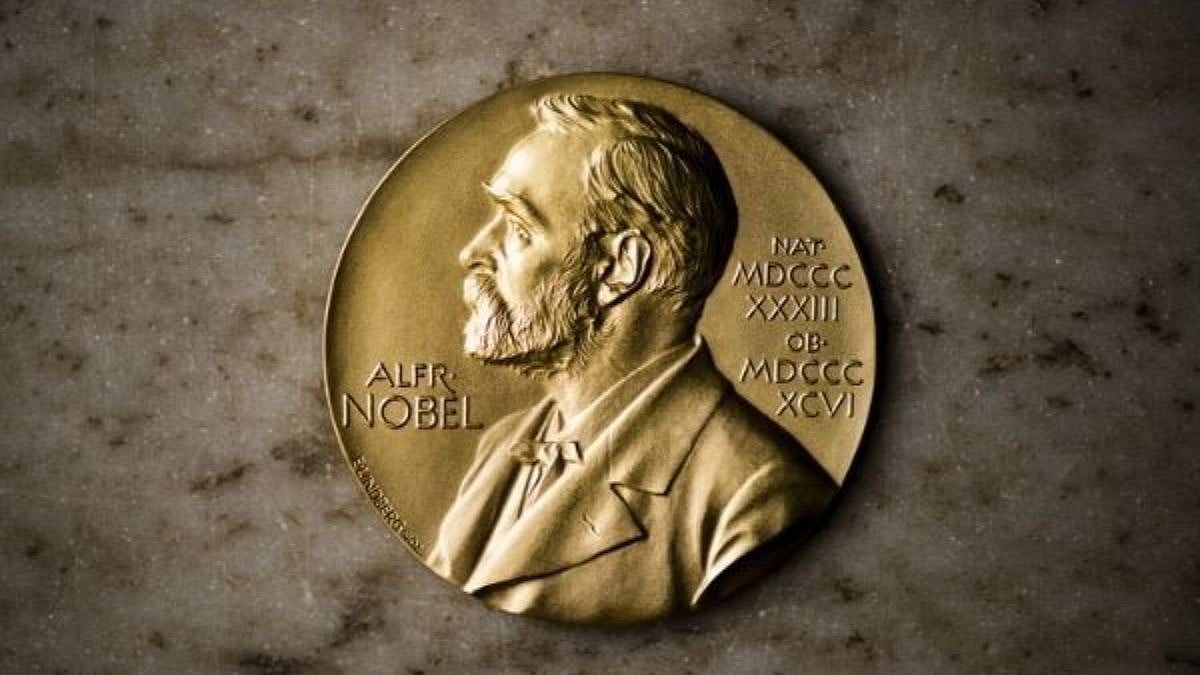Imagine having a window into your body, allowing you to see how your organs and tissues are functioning at a cellular level. That's the power of a PET-CT scan, a powerful imaging technique that combines two technologies to provide detailed information about your health.
What is a PET-CT Scan?
A PET-CT scan, short for positron emission tomography-computed tomography scan, is a nuclear medicine imaging procedure. It combines two scans performed in one session:
Positron Emission Tomography (PET): This scan uses a safe radioactive tracer, a sugar molecule injected into your bloodstream, that gets taken up by cells with high metabolic activity. A special camera detects the radiation emitted by the tracer, revealing areas of increased activity.
Computed Tomography (CT): This X-ray based scan creates detailed anatomical images of your organs, bones, and tissues.
By combining these two scans, doctors gain a comprehensive picture of both function (PET) and structure (CT) within your body. This information proves invaluable in diagnosing and managing various medical conditions.
.jpg)
PET-CT Scan | Representative Image
How Do They Help With Diagnosis?
Doctors call this image fusion or co-registration. Image fusion allows the doctor to connect and interpret information from two different exams on one image. This leads to more precise information and a more exact diagnosis. Single photon emission CT/CT (SPECT/CT) and positron emission tomography/CT (PET/CT) units can perform both exams at the same time. PET/MRI is an emerging imaging technology. It is not currently available everywhere.
Uses of a PET-CT Scan
PET-CT scans have a wide range of applications, including:
Cancer Diagnosis and Staging: PET scans can detect abnormal cellular activity, potentially indicating cancer even before anatomical changes are visible on a CT scan. This helps in early detection and accurate staging (determining the extent) of cancer.
Monitoring Cancer Treatment: A PET-CT scan can monitor how well a cancer treatment is working. If the cancer cells are responding to treatment, the tracer uptake will decrease.
Evaluating Heart Disease: PET scans can assess blood flow and oxygen consumption in the heart muscle, helping diagnose coronary artery disease and evaluate the effectiveness of treatment.
Neurological Disorders: PET scans can reveal areas of abnormal brain activity associated with conditions like Alzheimer's disease, Parkinson's disease, and epilepsy.
Other Applications: PET-CT scans can also be used to evaluate infections, inflammatory conditions, and certain lung diseases.
How Is A PET-CT Scan Performed?
A PET-CT scan is typically an outpatient procedure involving the following steps:
1. Preparation: You may be advised to fast for several hours before the scan. Depending on the type of PET scan, you might need to avoid certain medications or activities.
2. Tracer Injection: A small amount of radioactive tracer is injected into a vein in your arm or hand. The tracer then circulates throughout your body and gets absorbed by tissues with high metabolic activity.
3. PET Scan: You will lie down on a scanning table that slides into a PET scanner. The scanner detects the radiation emitted by the tracer, creating images of your body's metabolic activity.
4. CT Scan: Immediately after the PET scan, you will undergo a CT scan in the same machine. The CT scan generates detailed anatomical images of your body.
5. Image Analysis: A computer program combines the PET and CT scans, creating fused images that your doctor will interpret.
The entire procedure typically takes 1-2 hours, with the actual scan time being relatively short.
.jpg)
CT scan of the abdomen | National Institute of Biomedical Imaging and Bioengineering (NIBIB)
Importance Of PET-CT Scans
PET-CT scans offer several advantages over other imaging techniques:
Functional Information: PET scans provide unique insights into cellular activity, allowing for earlier detection of disease compared to anatomical scans.
Improved Accuracy: Combining PET and CT scans improves the accuracy of diagnosis and staging, particularly for cancers.
Treatment Monitoring: PET-CT scans help monitor treatment effectiveness, allowing doctors to adjust treatment plans as needed.
These benefits contribute to improved patient outcomes, allowing for earlier intervention, more targeted treatment plans, and better management of chronic conditions.
.jpg)
CT Image and Fused CT-PET Image comparison | National Institute of Biomedical Imaging and Bioengineering (NIBIB)
PET and CT Scan Working As A Team
The synergy between PET and CT scans is what makes PET-CT so valuable. Here's how they work together:
PET Shows Function: The PET scan highlights areas of increased metabolic activity, potentially indicating disease.
CT Provides Anatomy: The CT scan provides a detailed anatomical map of your body, pinpointing the exact location of the abnormal activity identified by the PET scan.
By combining these two perspectives, doctors can gain a more precise understanding of what's happening within your body.
.jpg)
Representative Image |
Precautions to consider before undergoing a PET-CT scan:
Pregnancy and Breastfeeding: Radioactive tracers can be harmful to unborn babies and breastfeeding infants. Inform your doctor if you are pregnant or breastfeeding.
Allergies: Disclose any allergies you have, especially to contrast materials used in CT scans.
Kidney Function: People with impaired kidney function may need special precautions as the tracer is eliminated










